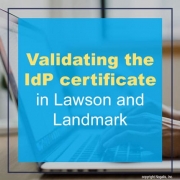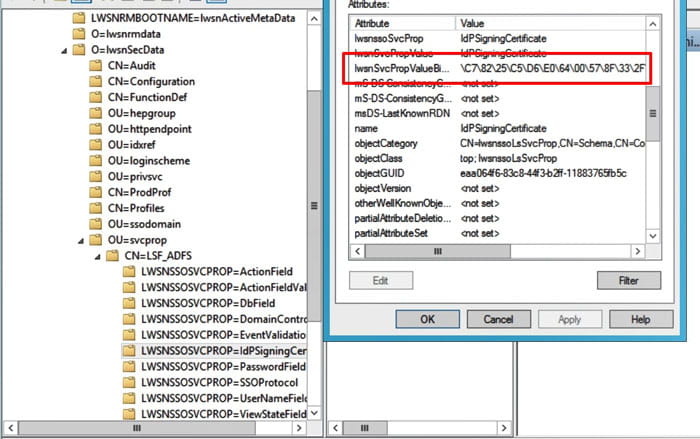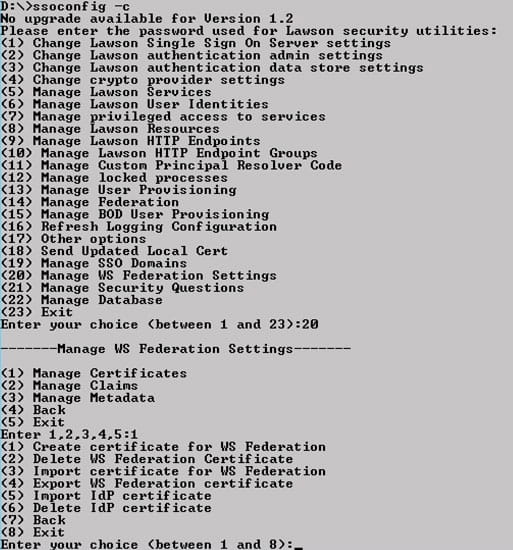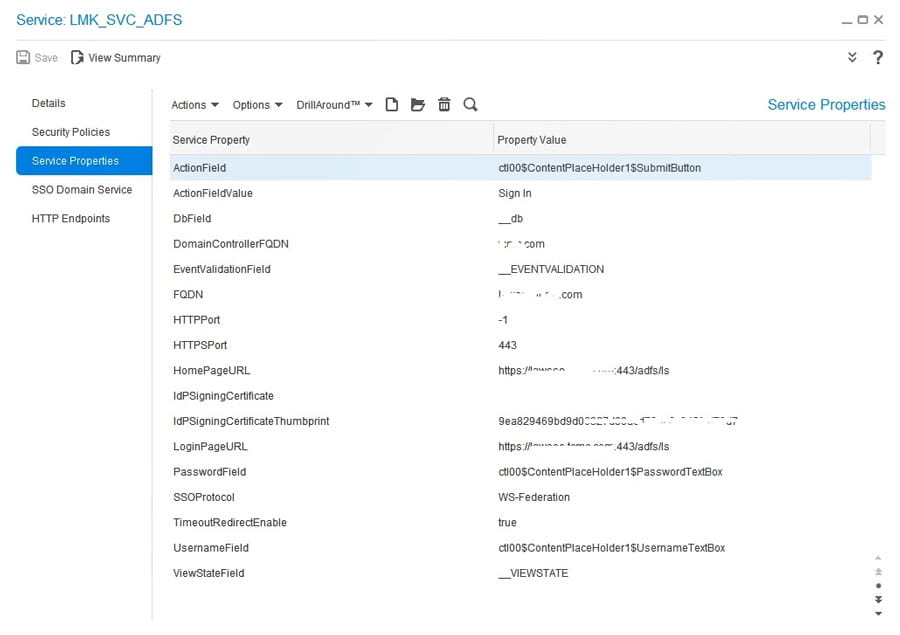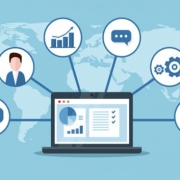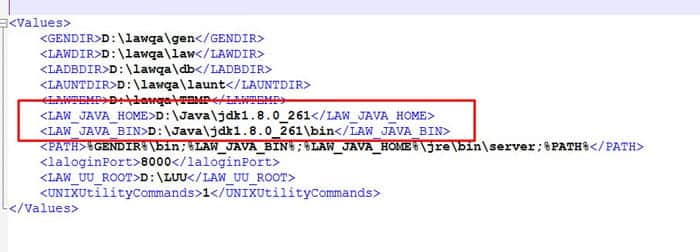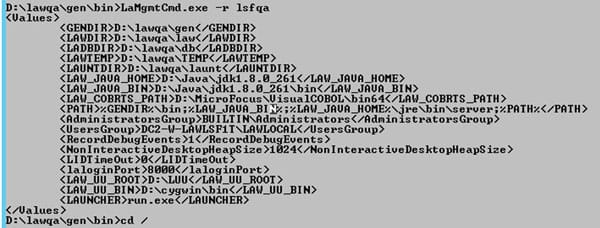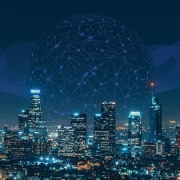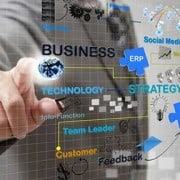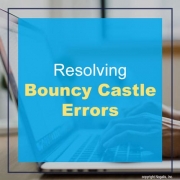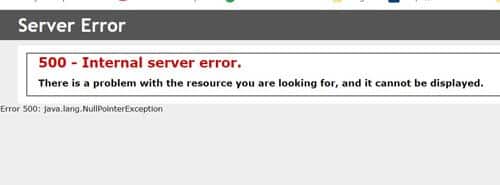Infor announced at the end of 2020 a global strategic partnership with MphRx to help healthcare organizations drive vaccine management for the novel Coronavirus. The complexity of the COVID-19 multiple-dose vaccines means it is critical that health systems implement vaccine management solutions to ensure patient health through this crisis and remediation. This applies to pharmaceutical manufacturers, governmental healthcare, hospitals, life-sciences organizations, pharmacies, and payers. The Infor Cloverleaf-Minerva solution provides a unified health record across the enterprise with Minerva’s vendor-neutral SMART on FHIR repository. Per the press release, Infor and MphRx brings together two best-in-breed platforms to deliver what is critically needed today — an integrated and comprehensive enterprise solution for healthcare organizations to address the challenges in digital transformation including COVID-19 demands. MphRx’s Minerva aggregates data from across healthcare information systems and transforms it into a single, unified, FHIR-based patient record — a digital pathway to a new world of omnichannel care. Complementing this capability, Infor Cloverleaf Integration Suite streamlines the exchange of clinical data to help improve healthcare outcomes and business operations.



